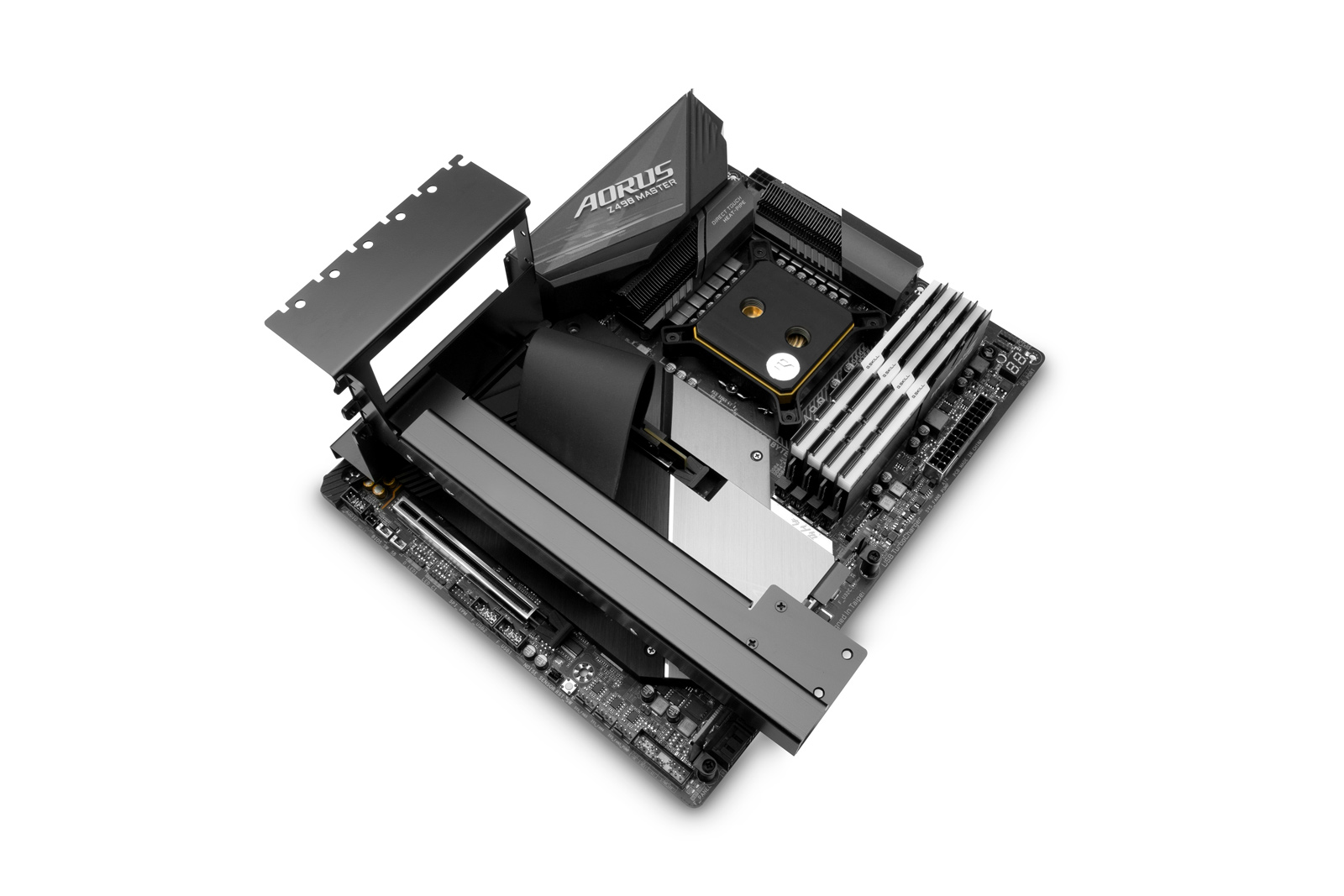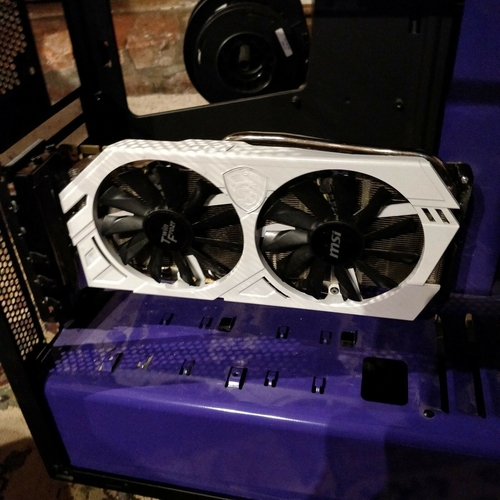3 Slot Vertical Gpu Mount
These riser cables have fallen in price dramatically in recent years, mainly thanks to cryptocurrency mining (admittedly, most of the risers sold for this reason weren’t capable of delivering a full 16 PCI-E lanes of bandwidth), but also because the likes of Thermaltake pushed the vertical graphics card mount for use in show cases, such as its wall-mountable open-air Core cases.
- Features: The Phanteks Vertical GPU kit allows users to mount a graphics card vertically in their case. The kit includes a 220mm PCI riser cable as well as the universal bracket.
- Best GPU Brace Support or Graphics Card Support Bracket to prevent GPU Sagging or Drooling. There are two types of video card sag holders: vertical and horizontal graphics card sag holsters, and both of them have their pros and cons. A GPU Support Brace is also called GPU Anti-Sag Bracket or GPU Sag Bracket. Graphics card sagging can lead to serious consequences in the long run, if it is not.
- Features: The Phanteks Vertical GPU kit allows users to mount a graphics card vertically in their case. The kit includes a 220mm PCI riser cable as well as the universal bracket.

SilverStone has also used them for years in its slim mini-ITX cases, such as the Raven RVZ01 and Fortress FTZ01. Meanwhile, PC modders have used riser cables to move the graphics card away from the motherboard to create whacky case designs.
However, most cases with vertical GPU mounts have few of the necessary modifications. It’s akin to upgrading the engine on a car, but not doing the same for the cooling system. You’re expecting the cooling system to be able to cope with the extra heat, despite a very different component layout.
VERTICAL GPU: Includes GPU Float bracket allows vertical mounting options for 2.5 slot GPU solutions; (Riser Cable Sold Separately) SUPPORT UP TO 10 HDD: 2.5 inches/3.5 inches x 4 with HDD Rack + 3.5 inches x 3 / 2.5 inches x 6 behind M/B Tray.
With PC cases, manufacturers are assuming that cooling won’t be an issue, without considering that air-cooled graphics cards benefit hugely from ventilation, both in terms of active airflow from nearby fans, but also the cards' own powerful cooling fan or fans being able to draw in cool air through vents and into its heatsink.
SilverStone has clearly thought about this situation with its aforementioned cases, because they had air vents and fans in the side panels directly above the graphics card mount. It’s also the reason why the Kolink Rocket blows the Raijintek Ophion out of the water when it comes to GPU cooling in our tests, despite being a smaller case. Its secret weapon? A vented side panel.
If you move a graphics card’s cooler to within a couple of inches of a non-vented solid side panel then the card’s cooler has to draw in air from 90 degrees at the sides, and possibly an even more awkward angle if the air is coming from above or behind it. This setup means airflow is severely restricted and cooling ability suffers as a result.

To put this theory to the test, I tested the Ophion with a longer, 20-minute test and then created a cardboard side panel with a vent cut directly next to the graphics card’s cooler intake. I used duct tape to seal the cardboard panel in place, allowing the graphics card to draw air from directly outside the case in the same way as the Kolink Rocket.
In its stock configuration, the Ophion’s GPU core eventually hit 93°C, and the exhausted air was scorching – the graphics card simply didn’t have access to enough cool air to cool itself properly.

Next, I fitted my rather fetching side cardboard side panel and, even after 20 minutes, the GPU temperature didn’t rise above 73°C. It’s a huge difference that almost entirely accounts for the Ophion’s poor GPU cooling. It’s a problem that’s likely to be replicated to some degree in larger cases where the GPU sits within an inch or two of the side panel.
3 Slot Vertical Gpu Mount For Nzxt H510
There’s an easy way around this problem for case manufacturers, though, which is to cut vents into the side panels, especially if they're made from acrylic. The Kolink Rocket just had small, drilled holes rather than fully fledged vents, but the latter could be made to look attractive if they were simply lines of vents next to each other.